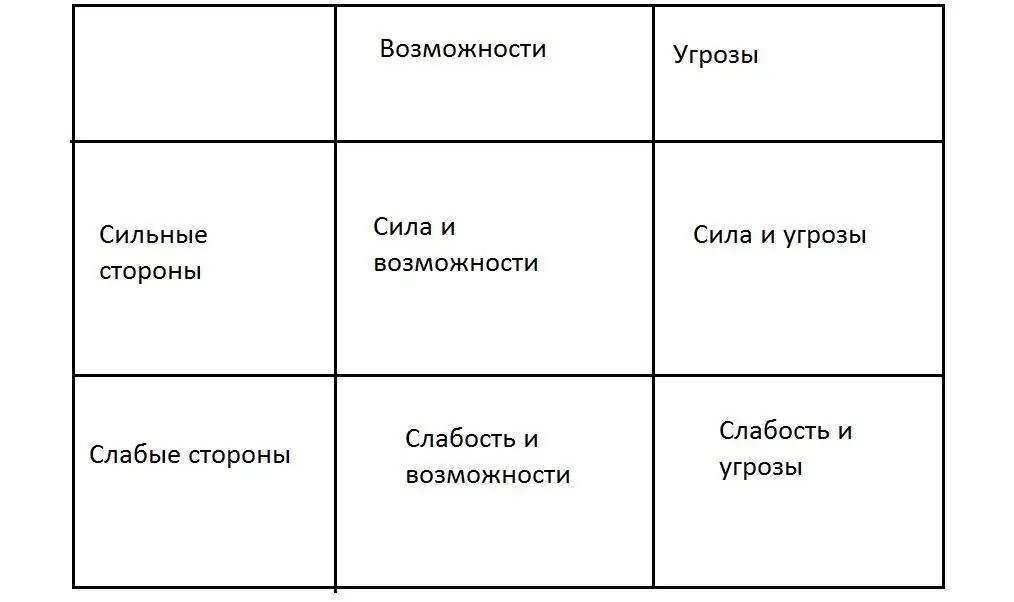2025 Author: Howard Calhoun | [email protected]. Last modified: 2025-01-24 13:10:37
The article talks about what a TVEL is, what it is needed for, where it is used, how it is created and whether there are reactors that do not use TVEL.
Atomic Age

Probably the youngest branch of energy is nuclear. Only at the end of the 19th century, scientists were able to partially understand what radioactivity, radioactive decay is, and what substances have these properties. And this knowledge cost many lives, since the detrimental effect of radiation on living organisms remained unknown for a long time.
Much later, radioactive materials were used both in civilian life and in the military. At present, all developed countries have their own nuclear weapons and nuclear power plants, which allow you to get a lot of energy regardless of fossil fuels or natural resources such as water (we are talking about hydroelectric power plants).
TVEL is…

But in order to build a nuclear reactor for the production of electricity or other purposes, first you need to make the appropriate fuel, because natural uranium, although it has radioactivity, but its energy is not enough. Therefore, most types of reactors use fuel based on enriched uranium, and it, inin turn, is loaded into special devices called TVEL. TVEL is a special device that is part of a nuclear reactor and contains nuclear fuel. We will analyze their design and type of fuel in more detail.
Design

Depending on the type of reactor, some parameters of fuel elements may vary, but their general design and device principle are the same. To put it simply, a TVEL is a hollow tube made of an alloy of zirconium with some other metals, in which pellets of uranium dioxide fuel are installed.
Fuel

Uranium is the most "tradable" radioactive material; on its basis, many other isotopes are produced, used both in industry and in weapons. Its extraction is not much different from the extraction of coal, and in its natural, natural state, it is absolutely safe for people. So the stories about uranium mines, where life-sentenced prisoners are sent, are nothing more than a myth. A person would rather die from lack of sunlight and hard work in the mine than from radiation sickness.
Mine uranium is very simple - explosions break the rock, after which it is delivered to the surface, where it is sorted and further processed. The process of uranium enrichment can be carried out in various ways, but in Russia this is done using gas centrifuges. First, uranium is converted into a gaseous state, after which the gas is separated in centrifuges under the action of centrifugal force andthe desired isotopes are separated. After that, they are converted into uranium dioxide, pressed into tablets and loaded into a fuel rod. This is the most common way to produce fuel for fuel cells.
Application
The number of fuel rods in a reactor depends on its size, type and power. After manufacturing, they are loaded into a reactor, where the nuclear decay reaction begins, as a result of which a powerful release of a huge amount of heat occurs, which serves as an energy source. Also, the reactor power can be controlled by the number of fuel elements in the working area. From time to time, as they are used, they are replaced with new ones, with “fresh” uranium dioxide tablets. So now we know what TVEL means, how they are made and why they are needed at all. However, not all nuclear reactors need such elements, and these are RTGs.
RTG
A radioisotope thermoelectric generator is a device that is similar in principle to nuclear reactors, but their process is based not on a chain reaction of atomic decay, but on heat. Simply put, this is a large installation that produces a lot of heat with radioactive material, which, in turn, is converted directly into electricity. Unlike nuclear reactors, RTGs do not have moving parts, they are more reliable, compact and durable. But at the same time they have much lower efficiency.
They were used mainly in those conditions where it is impossible to obtain energy in other ways, or these methods are very difficult. In the years of the USSR, RTGs were supplied to research andmeteorological stations of the Far North, coastal lighthouses, sea buoys, etc.
Currently, their service life has expired, but some of them still remain at their original bases and often are not even protected in any way. As a result, accidents occur, for example, non-ferrous metal hunters tried to dismantle several such installations and received strong radiation, and in Georgia, local residents used them as heat sources and also suffered radiation sickness.
So now we know the structure of the fuel elements and sorted out their definition. TVELs are important parts of the reactor, without which operation is impossible.
Recommended:
Fundamental market analysis. Technical and fundamental analysis

Fundamental analysis is a set of methods that allow predicting events in the market or in its segments under the influence of external factors and events
Analysis of the situation: options, features, stages and results of the analysis

What is situation analysis? Who and when conducts it, the main stages of the analysis and assessment of the situation. Methods and tools used in the analysis of the situation. Why should it be carried out? What is the importance of the analysis of the situation for the work of the enterprise?
What is a loan? Detailed analysis

The article talks about what a loan is, why they take it, and analyzes the topic of microcredit organizations that are popular in our time
What is a workshop? Detailed analysis

The article tells about what a workshop is, when they first appeared and what were the reasons for their appearance in the Middle Ages
"Market glass": detailed description and analysis

Trading attracts many users on the Internet and provides an opportunity to earn money through speculative transactions in the financial market. To make it profitable and generate income, traders use a wide variety of tools in their work, which differ in their purpose, functions and parameters

